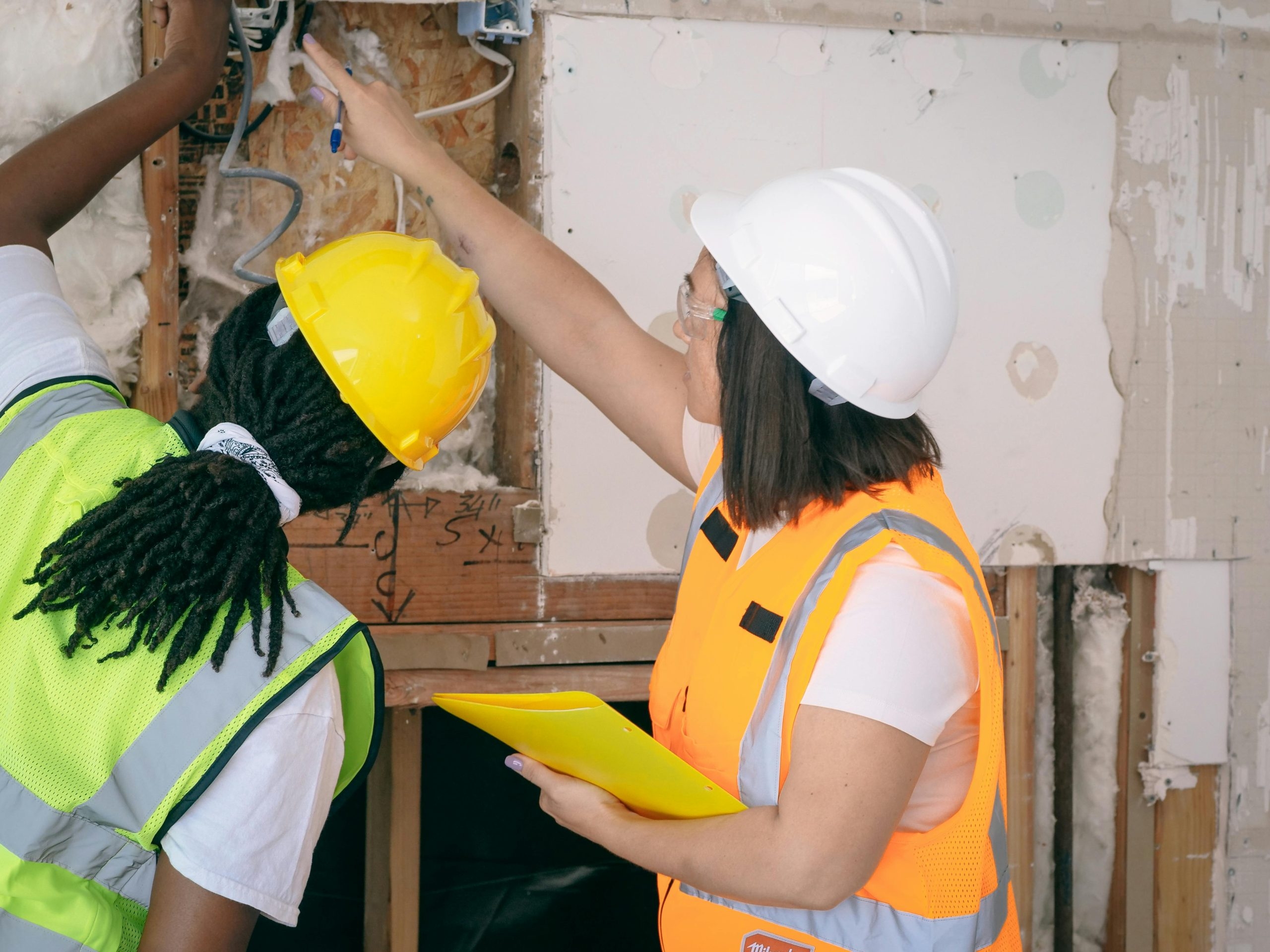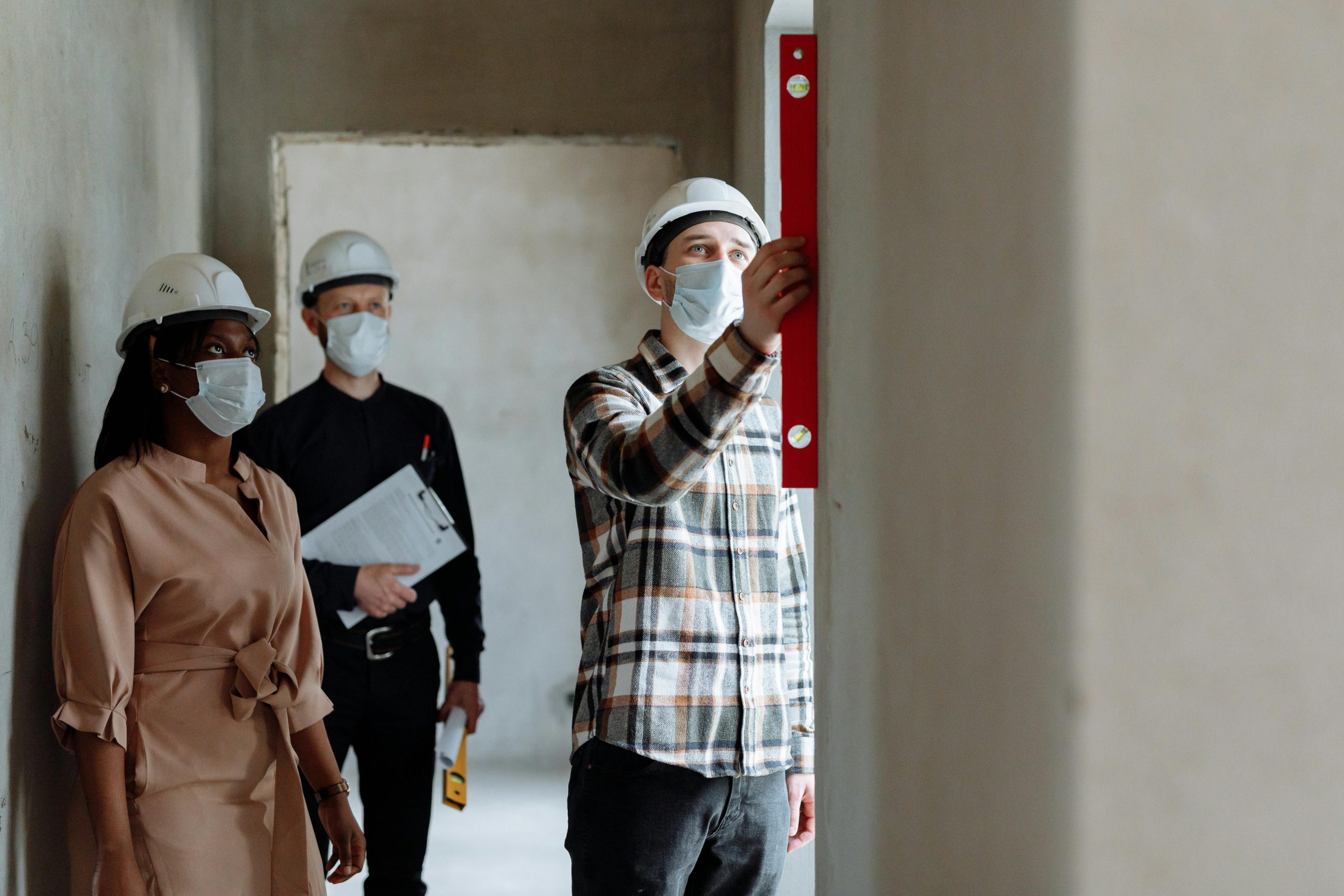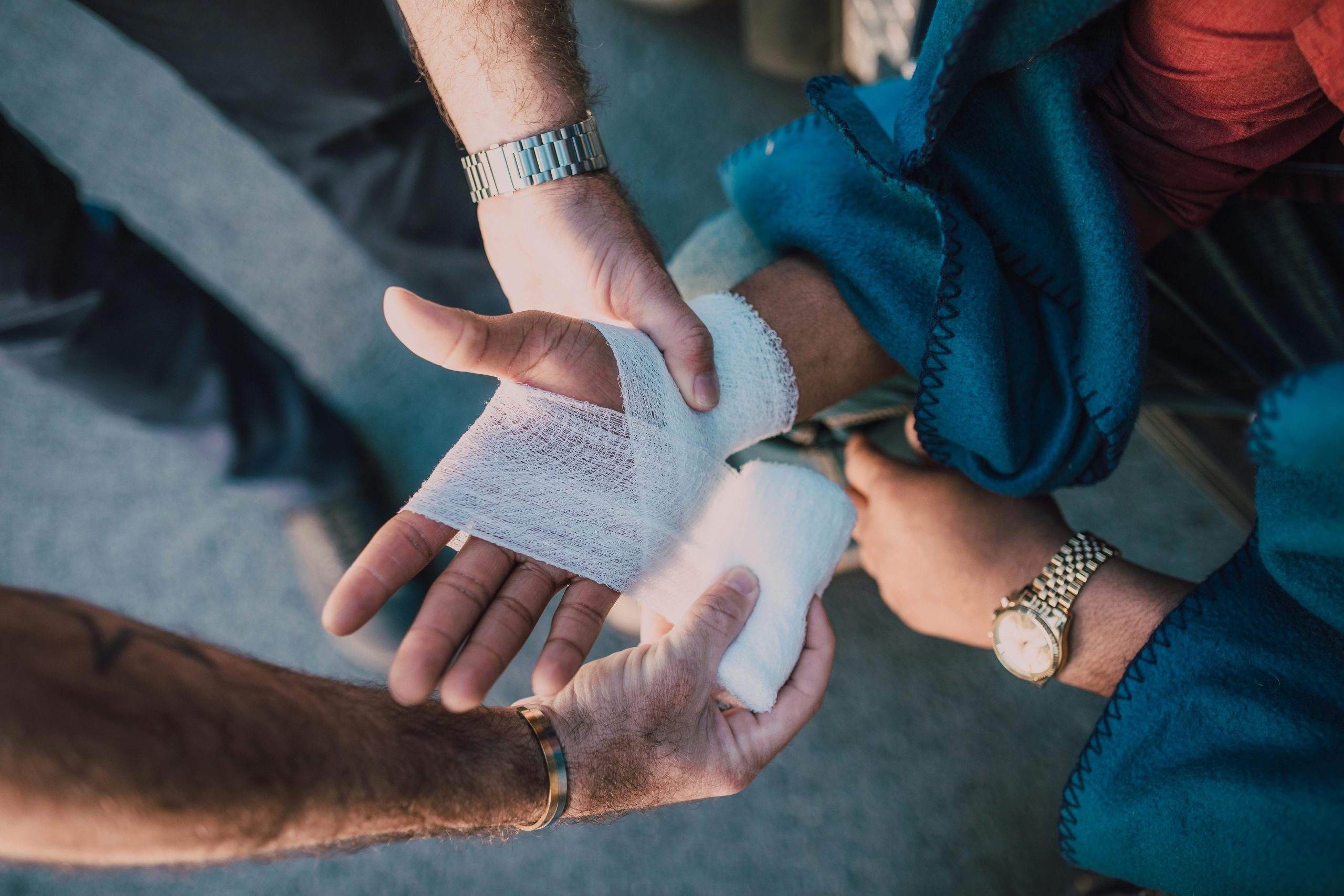Work experience placements offer young people invaluable insights into the working world, helping them develop practical skills and understand the dynamics of various industries. However, ensuring the health and safety of these young individuals is paramount. This article provides an overview of the essential health and safety considerations for employers and those involved in arranging and supervising work experience placements for young people.
Legal Framework and Responsibilities
The primary legislation governing health and safety in the workplace in the UK is the Health and Safety at Work etc. Act 1974. This act requires employers to ensure the health, safety, and welfare of all employees, including young people on work experience. Given that young workers are often considered more vulnerable due to their inexperience and developmental stage, additional safeguards are necessary.
Another critical piece of legislation is the Management of Health and Safety at Work Regulations 1999. These regulations require employers to carry out detailed risk assessments, specifically considering the risks to young people. Employers must implement appropriate measures to eliminate or control these risks to provide a safe working environment.
Placement Organisers
When arranging work experience placements for students, education providers must consider several critical factors to ensure the placements are safe, legally compliant, and educationally valuable.
Providers need to ensure that the employer has conducted a thorough risk assessment and has robust health and safety policies in place. This includes confirming that students will receive site-specific health and safety training upon arrival and that there is adequate supervision throughout the placement. Additionally, it is essential to verify that the employer has appropriate insurance in place which includes coverage for students on work experience.
Education providers must ensure that placements adhere to regulations concerning working hours, especially for young people, and that the work environment is suitable and safe, complying with child labour laws. Safeguarding measures must be implemented to protect students from harm, abuse, or exploitation, including conducting necessary background checks on supervising staff where applicable.
From an educational perspective, the placement should have clearly defined learning objectives aligned with the student’s career interests and educational goals. This ensures the placement is not only safe but also meaningful. Monitoring and evaluating the student’s progress is essential to ensure these objectives are met and to provide feedback for continuous improvement.
Practical considerations, such as the logistics of travel and the accessibility of the workplace, must also be addressed to ensure the student can attend the placement without undue hardship.
Finally, the support and wellbeing of students are crucial. Education providers should prepare students for their placements by providing relevant information about the employer and what to expect. Support mechanisms should be in place, such as a designated contact person at the education provider for students to report any issues or concerns during their placement. A post-placement debrief session is valuable for discussing the student’s experience, lessons learned, and areas for improvement. Regular communication between the education provider, the employer, and the student helps to ensure the placement runs smoothly and any issues are promptly addressed.
Employers Responsibilities Work Experience Placements
When taking on work experience students, employers must carefully consider several key factors to ensure the health and safety of any work experience students.
First and foremost, employers should perform a detailed risk assessment tailored to the specific tasks and environment the student will encounter. Employers must identify potential hazards in the workplace that may pose risks to young people. These can include physical hazards such as machinery, chemical hazards, biological hazards such as bacteria and viruses, and ergonomic hazards related to repetitive tasks or poor workstation design.
Once hazards are identified, the next step is to evaluate the likelihood and severity of harm these hazards could cause to the young person. This assessment should consider the young person’s lack of experience, maturity, and physical and mental development. The goal is to understand how these factors might increase the risk of accidents or injuries.
To mitigate identified risks, employers must implement control measures. These can include providing adequate supervision, ensuring the use of personal protective equipment (PPE), and delivering safety training tailored to the young person's needs. Employers should ensure that young people are not exposed to high-risk activities or machinery without proper safeguards and supervision.
On the student’s first day, employers are required to provide comprehensive health and safety induction and training that covers health and safety policies, emergency procedures, and safe working practices. It is essential to assign a competent supervisor to monitor the young person's activities. Supervisors should be approachable and capable of providing clear instructions and support. Regular check-ins and feedback sessions can help address any issues or concerns promptly.
Employers must adhere to regulations regarding working hours, particularly for younger workers, and ensure that the tasks assigned are appropriate for the student's age and experience. Safeguarding measures must be in place to protect students from harm, abuse, or exploitation, with necessary background checks conducted on staff members supervising the students where applicable. Furthermore, employers must ensure they have the appropriate insurance coverage, which includes provisions for work experience students.
Meaningful tasks should be provided that contribute to the student's learning and career development. It is important to establish clear learning objectives and provide opportunities for students to acquire practical skills and insights relevant to their interests and academic goals. Offering regular feedback and mentorship can significantly enhance the educational value of the placement.
Employers should aim to create a safe and welcoming workplace culture where students feel valued and integrated into the team. Maintaining open communication channels allows students to ask questions and voice any concerns they may have. A positive and encouraging atmosphere can greatly enhance the student's experience, making the work experience placement both rewarding and productive for both the student and the organisation.
Specific Considerations for Young Workers
There are several specific considerations to keep in mind for young people on work experience placements:
- Physical and Psychological Development: Young people may not have the physical strength or coordination of adult workers. Therefore, tasks that require heavy lifting or complex manual handling should be avoided. Additionally, the psychological impact of tasks should be considered to ensure the work is not overly stressful or demanding.
- Work Environment: The work environment should be free from harmful substances and conditions that are not suitable for young workers. This includes avoiding extreme temperatures, loud noise, or environments with poor air quality.
- Working Hours and Breaks: Regulations regarding working hours for young people must be strictly followed. Young people should not work excessively long hours and must have adequate breaks to rest and recover. This helps prevent fatigue and ensures they remain alert and capable of performing their tasks safely.
Collaboration between Parties
Employers and placement organisers must collaborate closely to ensure the success and safety of work experience placements. Placement organisers should conduct pre-placement visits to the workplace, allowing for an assessment of the suitability and safety of the environment. Employers should provide detailed information about the work environment, tasks, and supervision, while placement organisers must ensure that students are adequately prepared and informed.
A formal agreement should be drafted between the education provider, the student, and the employer, outlining the responsibilities and expectations of all parties. Obtaining parental or guardian consent is necessary for students under 18 years old. This agreement should include information on the duration of the placement, working hours, assigned duties, and available support mechanisms.
Ensuring the health and safety of young people on work experience placements requires diligent planning, effective risk management, and ongoing supervision. By adhering to legal requirements and implementing best practices, employers can provide a safe and enriching experience for young workers. Collaborative efforts between employers and educators are essential to create a supportive environment that fosters learning and development while prioritising safety. Providing positive and safe work experience placements not only benefits the personal and professional growth of young people but also contributes to a culture of safety and responsibility in the workplace. Employers who invest in the health and safety of their young workers help build a stronger, more conscientious workforce for the future.






